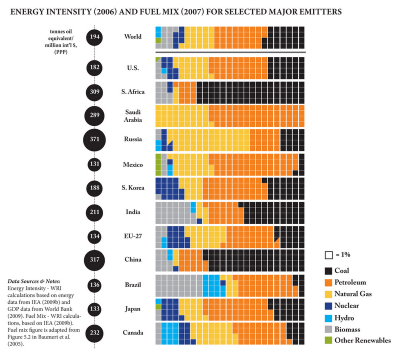Why passionate?.... feel free to scroll to the bottom of the post for that tidbit..
I've been having an email conversation with a reader about India's
National Spatial Data Infrastructure (NSDI), the promised digital gateway to spatial data on the country's natural resources, urban infrastructure, demographic information and so on.
To summarize the technological components that need to be built for the NSDI to become functional -
1) Contributing agencies have to get their data digitized and metadata available to NSDI standards.
2) Contributing agencies have to develop web map applications to view and query this data.
3) The NSDI portal will be a centralized gateway to this data and applications and also provide additional mapping applications at various levels of user access.
Right now all this is still something of a mirage. The
web portal is up but not quite
functional, since all contributing agencies have yet to make available
data and applications to access and query this data. Still the NSDI portal is an interesting place to visit if only to get a glimpse of its immense potential. A list of and links to the contributing agencies are available.
To those frustrated users of spatial data, conditioned by the stifling bureaucracy to filling out forms and waiting for months to get security clearances to use data, the prospect of a one click access to spatial data is a wish too good to be true and cannot come soon enough.
Some of this one click nirvana is already a reality with individual government and non-government initiatives publishing their data via web maps. I made a quick list of available services:
1)
Bhoosampada- Indian government initiative to share land use land cover data
2)
Bhuvan- Touted as a Google Earth killer, shares satellite images and some natural resources layers
3)
Census India Maps: Indian government initiative to share census data.
4)
The Indian Bioresources Information Network: Indian government initiative to share biodiversity and forest data. I have not been able to register as a user at the time of writing.
5)
Central Ground Water Board Map Service: Government released data on groundwater. I have not been able to register to this at the time of writing.
6)
Wasteland Information System: Government data on wastelands. This as yet appears to be an internal application, not released in to the public domain.
7)
India Biodiversity Portal- Non-Government initiative to distribute natural resources and census data.
Besides these, no doubt there are plenty of internal applications being used by various government agencies. Eventually all these services will be absorbed under the NSDI umbrella along with the already named contributors and other new interested parties who want to part of this national data service.
I have been showering praise on government efforts so far. Now its time to turn around and give a sharp kick in the buttocks.
I have tried to register to a couple of these applications and have got no response from the contact personnel assigned to deal with this. A more friendly and responsive interface with potential and existing users must develop. Also all these above government applications need to be rethought from a design perspective. Users are becoming more aware of location based services and the slick interfaces through which such services are being rendered on their PC's and mobiles. The clunky interfaces of these government applications might turn away lots of users... and thirdly... usability...usability..usability... that should be the mantra. As of now the data structure, the menus and the query design...all assume specialist users. For the curious citizen not trained in navigating map services and not used to looking at underlying data, it will be a tough slog to extract any useful information. The interfaces need to be simplified...
Finally, coming to the passionate part of this saga, I noticed a link on the lower right side of the NSDI portal titled "
NSDI A Passionate Saga". Curious, I downloaded the document and found out it was a personal account of the building of the NSDI from concept to its as yet be fully realized status written by the people involved.
It was a bit like the documentaries you see on HBO these days about Hollywood movies.. "The Making Of...such and such"...
but keeping with Indian government policy...without the coy references to the sex scenes.







